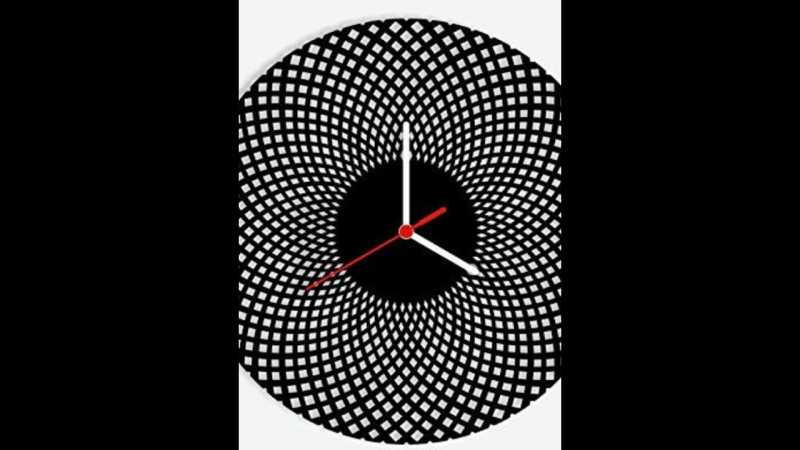The Stopped Clock Illusion
Ever feel as though the day is not long enough? You're in luck though, as there is a method for stopping time. Or at least make your mind believe you did for a brief period of time. Saccadic suppression, which causes rapid eye movements to produce visual distortions, is what keeps you from detecting your own eyes moving when you stare in a mirror. Additionally, they create a delusion known as chronostasis at the same time. When you swiftly dart your eyes to an analog clock on a wall, it appears as though the second hand has stopped moving.
This is known as the stopped clock illusion. Rapid eye movements that generate a void in visual input are the cause of it. For example, if you glance rapidly from your computer to a clock, you won't actually pay attention to everything in between. Your brain sort of holds that moment, only for a moment, and makes it appear like the world has stopped, even if only for a split second, to ensure a smooth transition.












